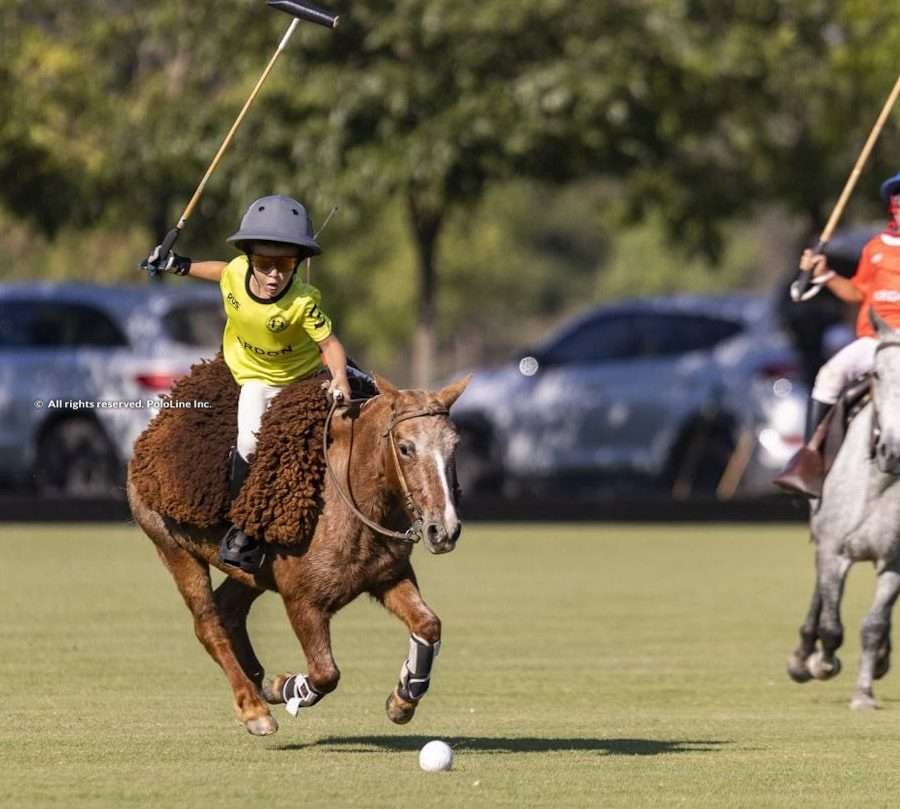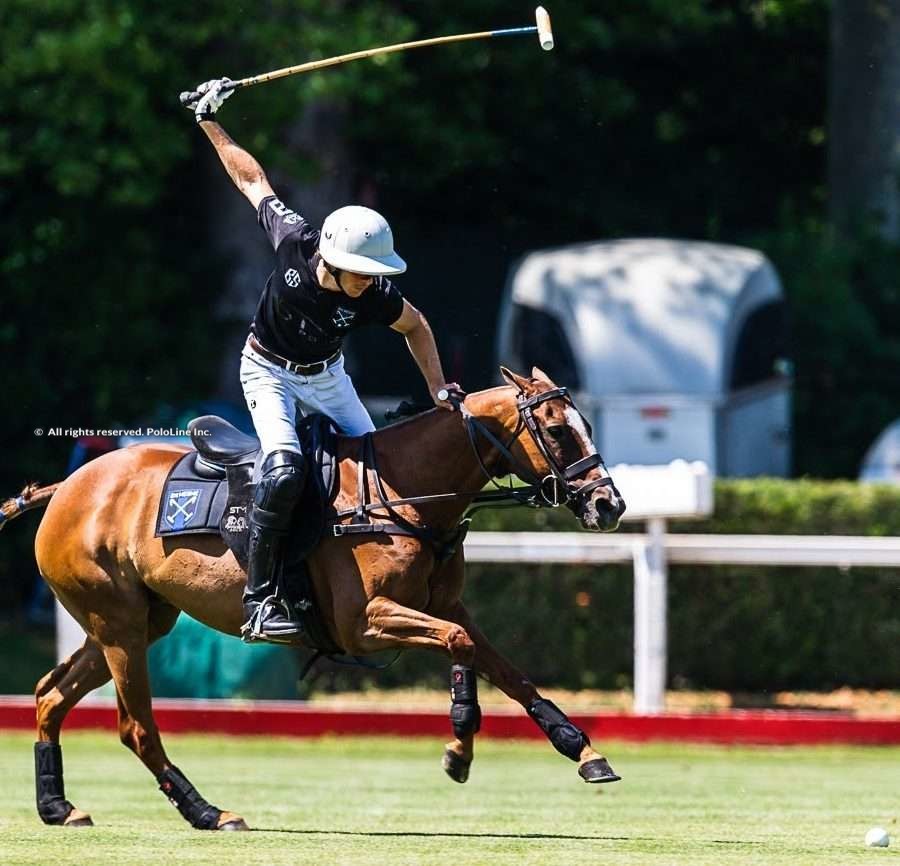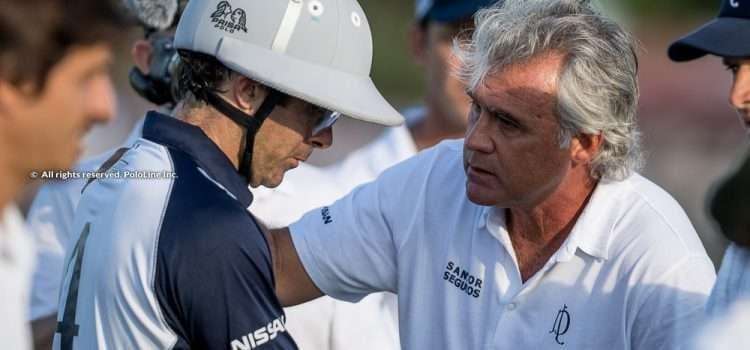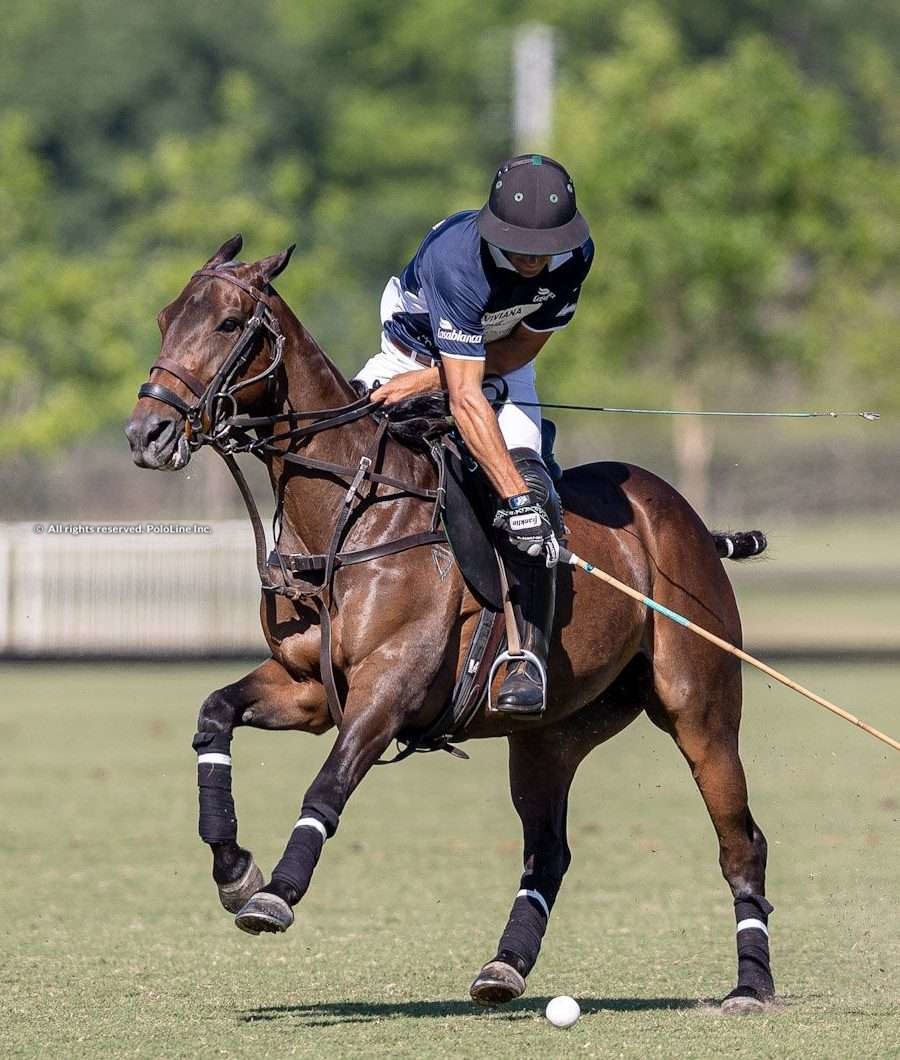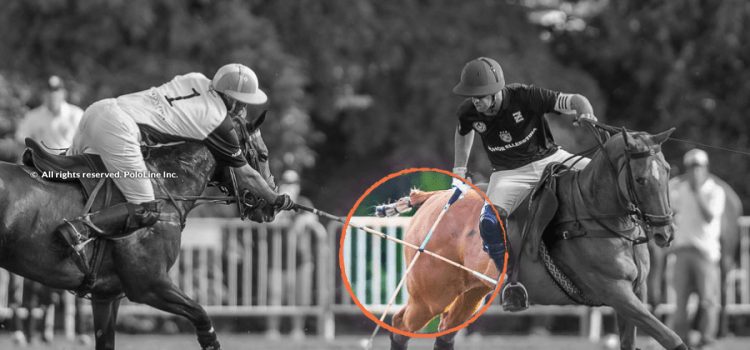By Prof. Eduardo Amaya, with the collaboration of Raúl Laplacette Technique is the set of actions or maneuvers aimed at a specific and effective result. Over the years, it has been proven that in polo, more than in other sports, one learns by observing and imitating. This learning by imitation begins in our childhood and
By Prof. Eduardo Amaya In this note, I want to highlight something that every good polo player naturally does when mounted on their horse playing polo. There are two elements that constitute part of the anatomy of our body that play a leading role during horse handling and striking: the hip and the pelvis,
By Prof. Eduardo Amaya The function of the coach is to work with the player to help them reach their ambitions. The coaches help their players to develop a plan, conduct or way of thinking; in other words, a good plan to reach the objective. The function of the coach is also to help in
This is one of the most difficult shots to do. It is used in particular circumstances, like when a player is being ridden off on their stick side, when a ball suddenly changes sides, and when not taking the ball on the forehand would illicit a foul. It is carried out with a full, complex,
The act of obstructing an opponent’s swing with your stick is known as ‘hooking,’ and it is a defensive action, a way of interfering with your rival’s game during the match. According to the rulebook, a player’s stick can only be hooked as they go to hit the ball. Hooking an opponent’s stick is
